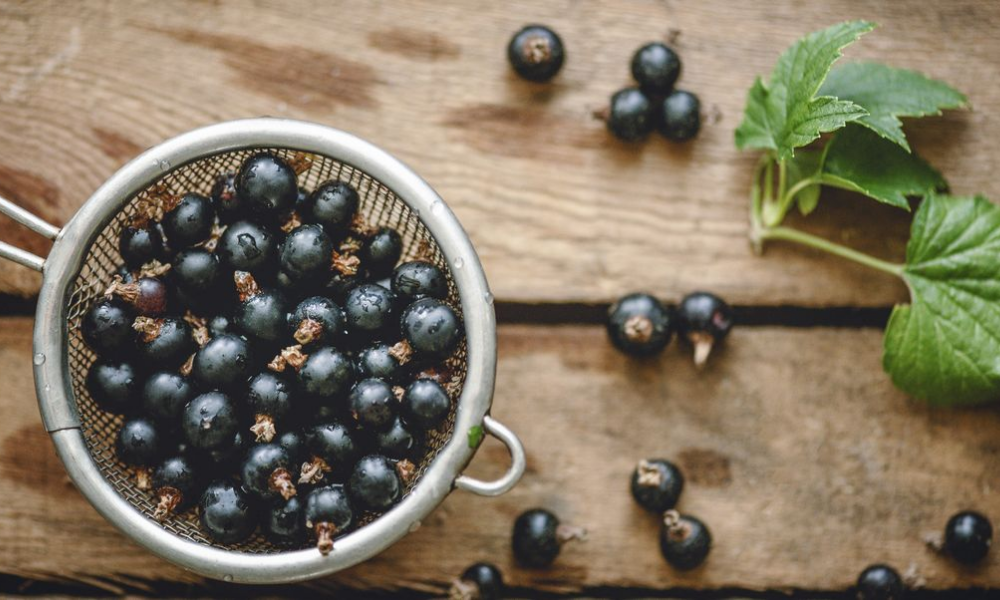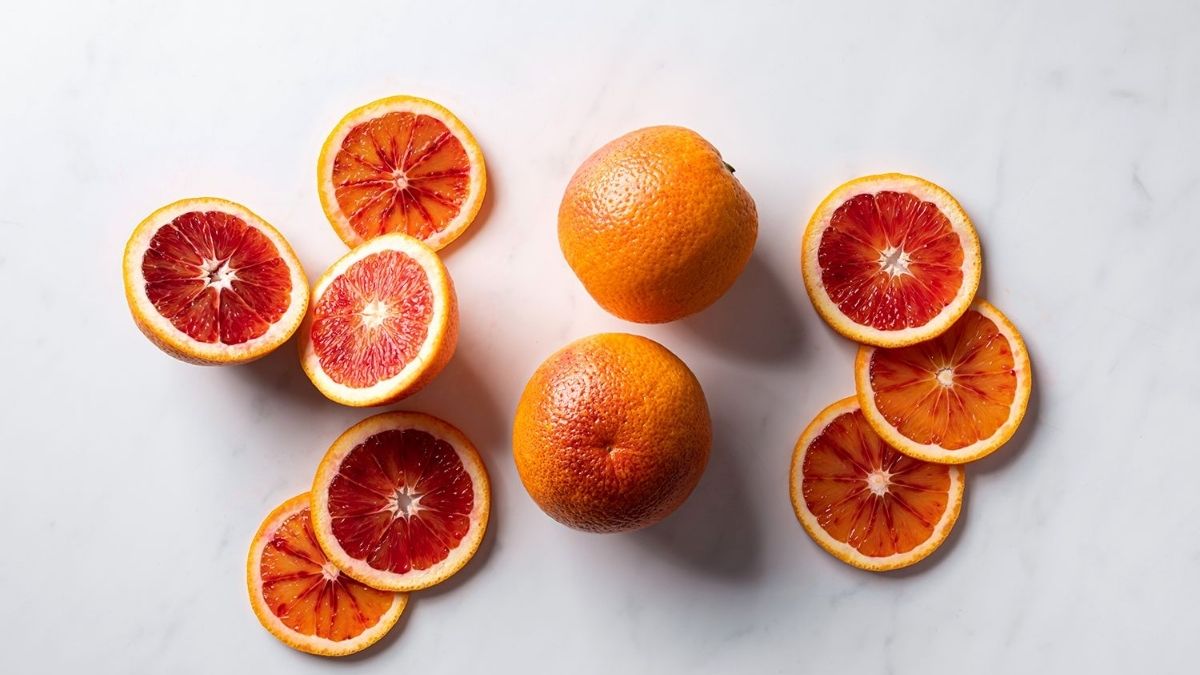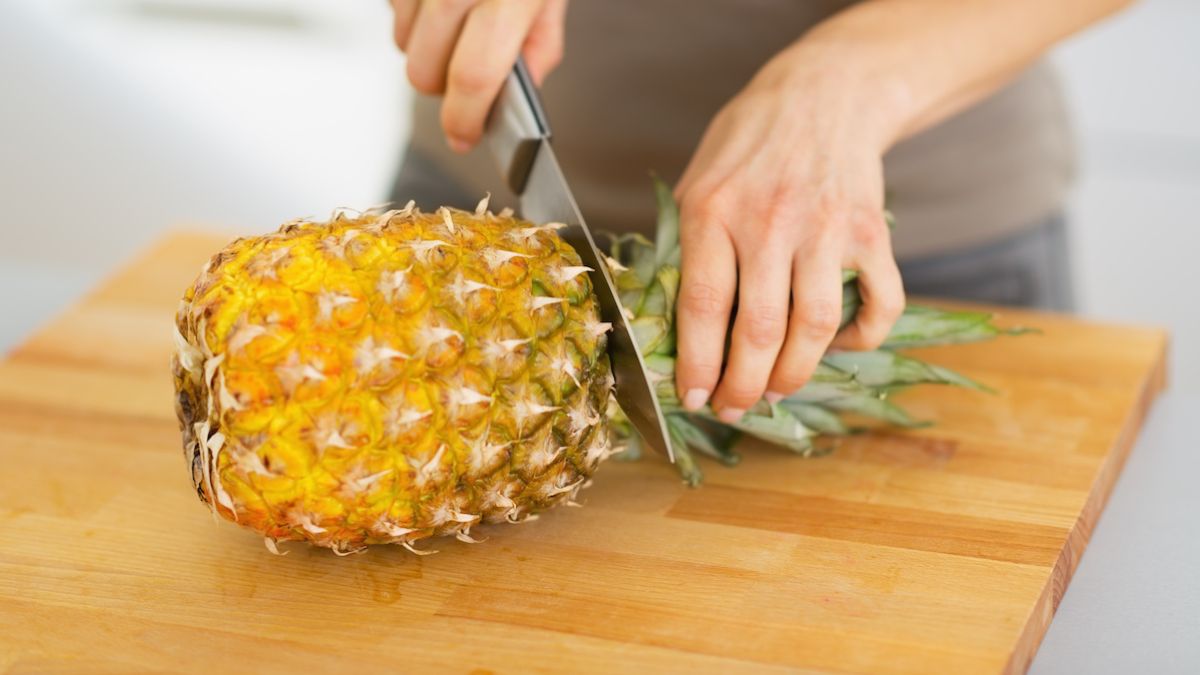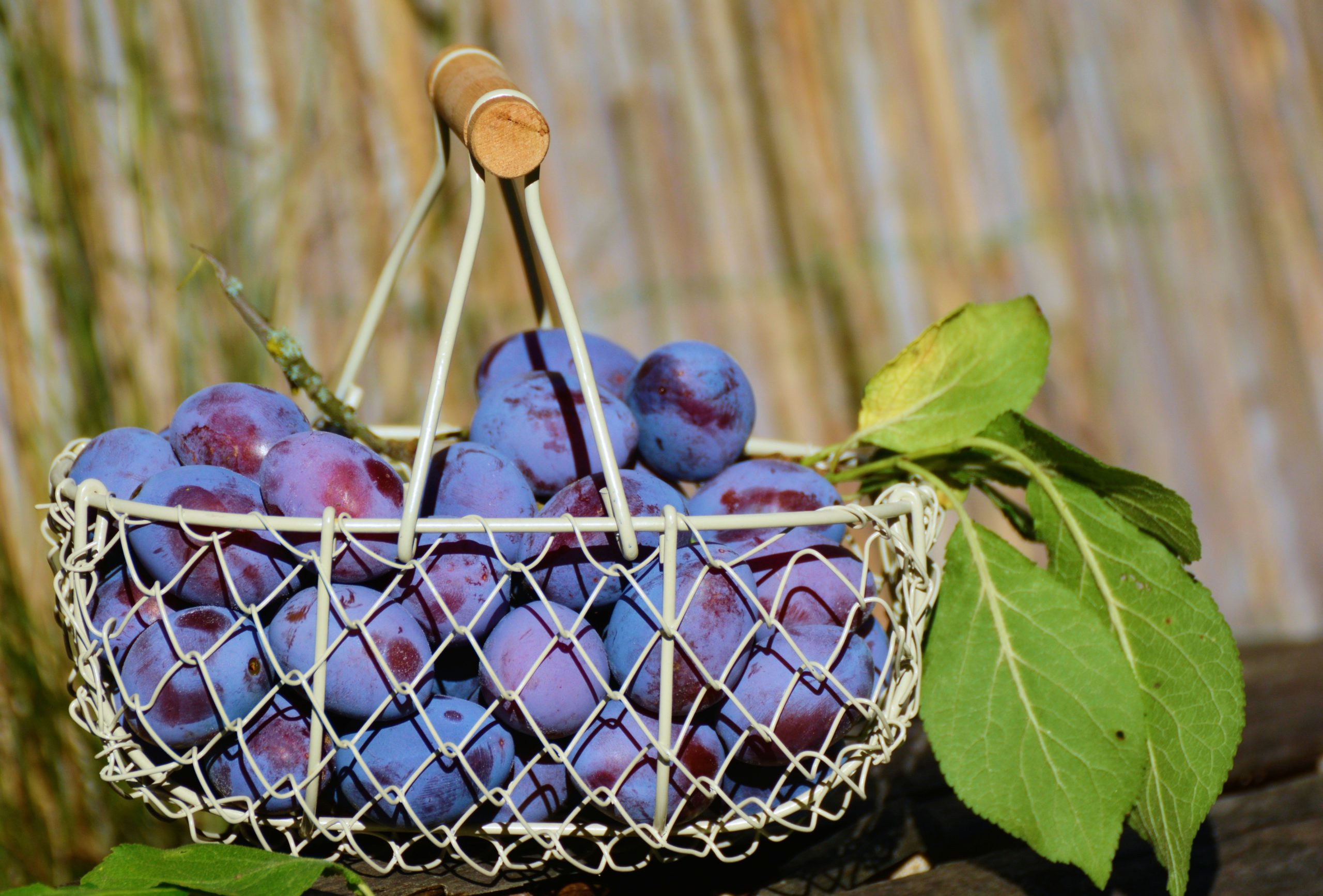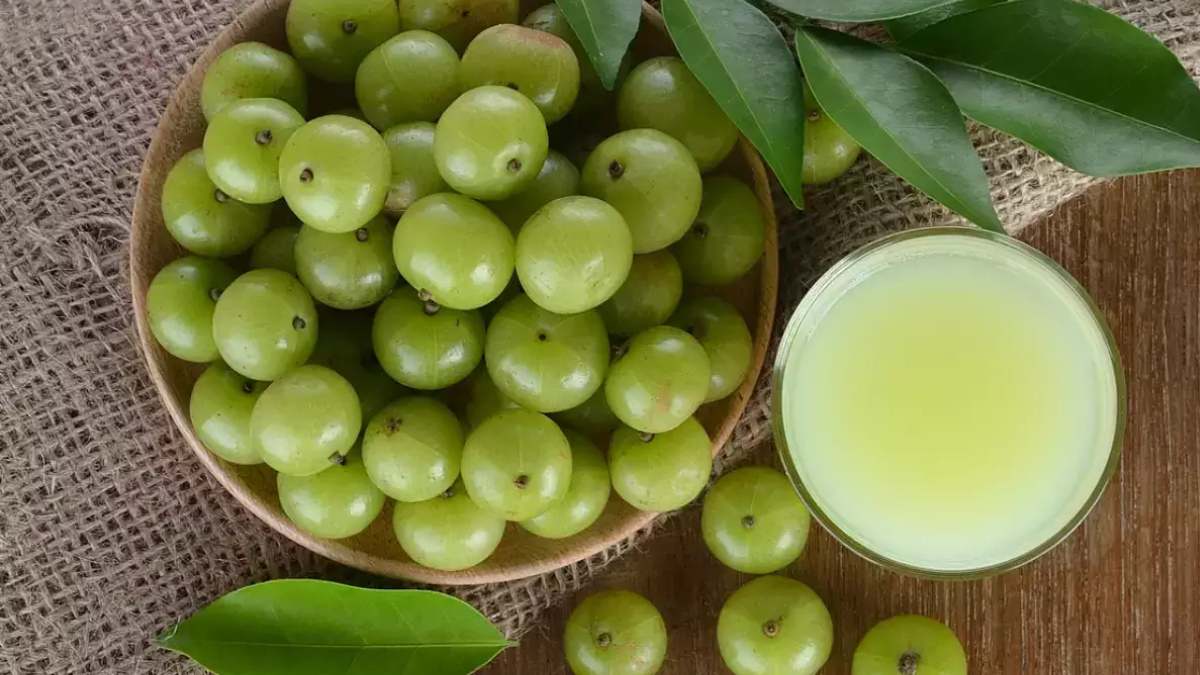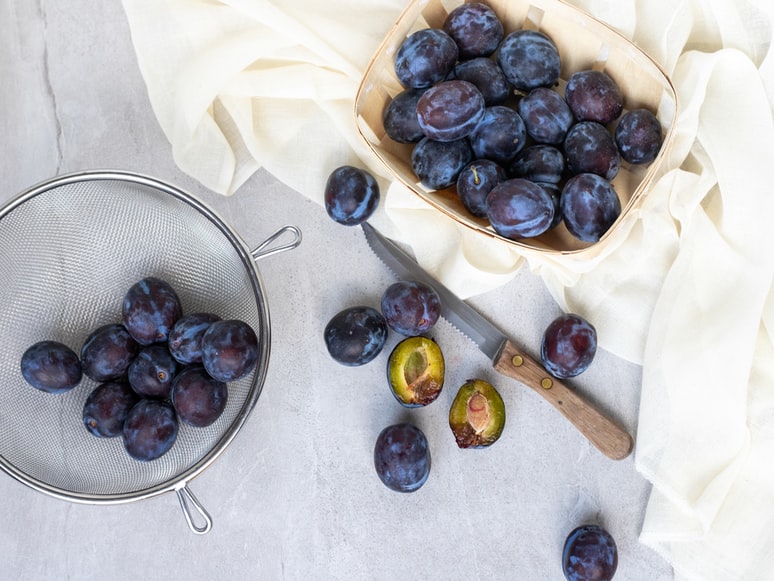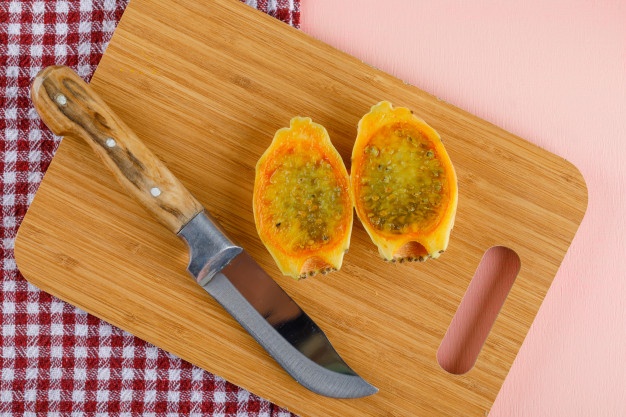Black Currant Nutrition Facts
The Zante currant is commonly referred to as “currants” in the United States, the United Kingdom, and Ireland. These are dried Corinth grapes, which are essentially little raisins. True currants are little fruit that resembles gooseberries and grow on plants. Whether fresh, red, pink, white, or dried, black currants can be consumed. Currants have a sweet and tart berry flavour that is wonderful when eaten fresh.
